Cycling is not only a fun and efficient way to get around, but it's also a fantastic workout. Whether you're a commuter, a weekend rider, or a seasoned athlete, having the right accessories can significantly improve your comfort, control, and overall cycling experience. Here’s a rundown of essential bicycle accessories every cyclist should consider for better comfort and control on the road or trail.
1. Cycling Gloves
Cycling gloves are a must-have for comfort and control. They provide grip, which is crucial for handling the handlebars securely, especially during longer rides or in challenging weather conditions. Gloves with padding also help to reduce pressure on your palms, minimizing numbness and discomfort during long rides. Additionally, many cycling gloves feature moisture-wicking fabric to keep your hands dry, and some models even offer touchscreen-compatible fingertips so you can use your phone without removing them.
2. Saddle and Seat Cushion
The saddle is one of the most important components of a bicycle when it comes to comfort. An uncomfortable seat can quickly turn a pleasant ride into an agonizing experience. Consider upgrading to a saddle that fits your body type and riding style. If you're a commuter or a recreational rider, a more cushioned seat might be the way to go. For those tackling longer rides or more intense cycling, a performance-oriented saddle with a cut-out for pressure relief may provide the best balance of comfort and support.
Adding a seat cushion or padding is another great option, especially for riders who need a bit more comfort without sacrificing performance. Many cycling-specific seat cushions are designed to provide extra padding while remaining lightweight and breathable.
3. Pedals and Cleats
Pedals and cleats are critical for efficient power transfer and control. Upgrading to clipless pedals (those that attach to cleats on your shoes) can improve your pedaling efficiency by allowing you to both push down and pull up on the pedals. This can make a significant difference, especially during longer rides or when climbing hills.
If clipless pedals aren't your style, ergonomic platform pedals can also provide a more comfortable and controlled ride. These often feature larger surfaces, better grip, and sometimes additional cushioning to reduce pressure on the feet.
4. Handlebar Tape or Grips
Handlebar tape or grips are essential for ensuring a comfortable and controlled ride. For road cyclists, a padded handlebar tape can provide a better grip and reduce vibrations from the road, which can lessen fatigue during long rides. On the other hand, mountain bikers or casual cyclists might opt for ergonomic grips, which help reduce hand strain and provide extra control when navigating rough terrain. Both options are available in various materials, such as cork, foam, or gel, which cater to different preferences for comfort and grip.
5. Water Bottle and Cage
Staying hydrated during a ride is crucial, and a good water bottle and cage are essential accessories to ensure you can easily access water while cycling. A bottle with an ergonomic design can fit comfortably in your hand and be easy to drink from, while a quality cage keeps your bottle secure but easy to remove when needed. Consider looking for lightweight, durable options that won't add unnecessary weight to your bike.
6. Lights and Reflectors
Safety is key when cycling, particularly when riding in low-light conditions or at night. A front light illuminates your path, while a rear light increases your visibility to others, especially in traffic. Additionally, adding reflectors to your bike and clothing can improve your visibility to drivers and other cyclists. Many modern bike lights come with rechargeable batteries and are designed to be compact and lightweight, making them easy to attach and remove.
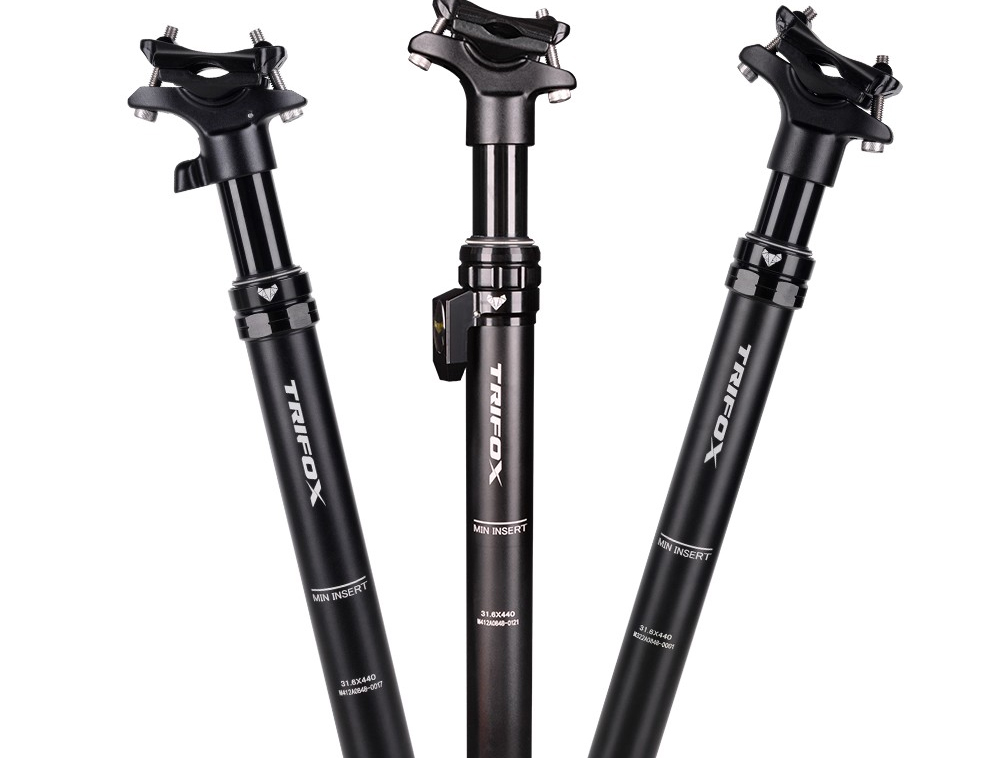
Conclusion
While cycling can be a simple and enjoyable activity, the right accessories can make a significant difference in both comfort and control. From padded gloves and ergonomic saddles to efficient pedals and safety lights, investing in quality bike accessories not only enhances your experience but also helps protect your body and improve your performance. Whether you're just starting out or you're a seasoned rider, these essentials will help make every ride more enjoyable and safer.
For more information on high-quality cycling accessories, check out the wide selection of Trifox Bike bicycle accessories, where comfort and performance meet innovation.
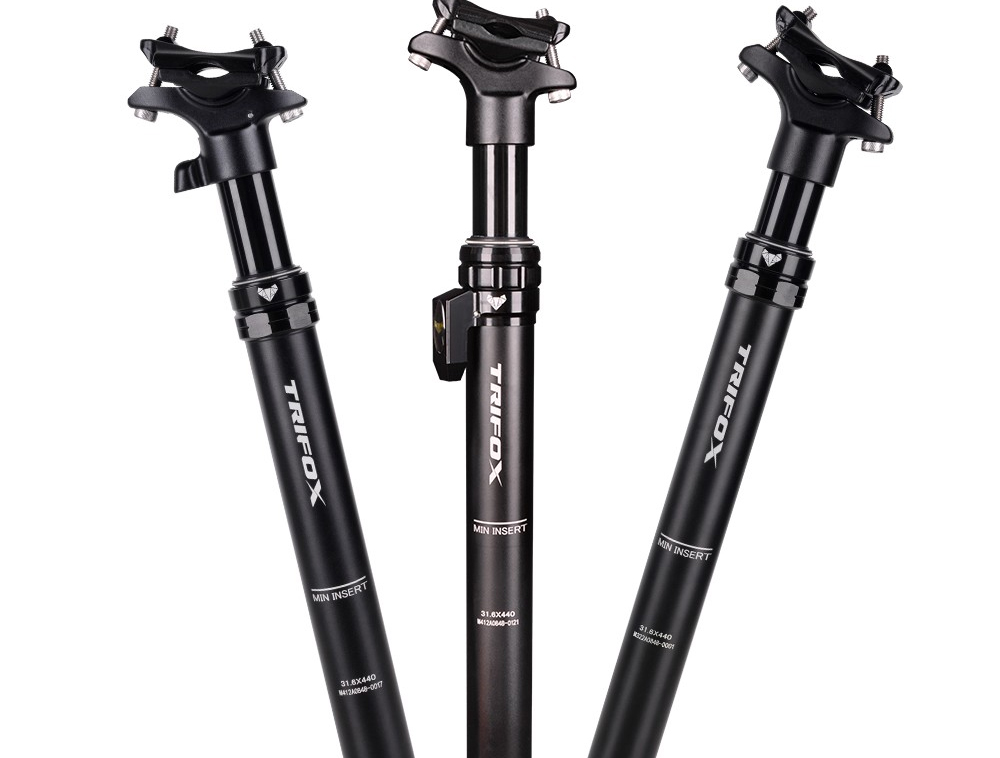
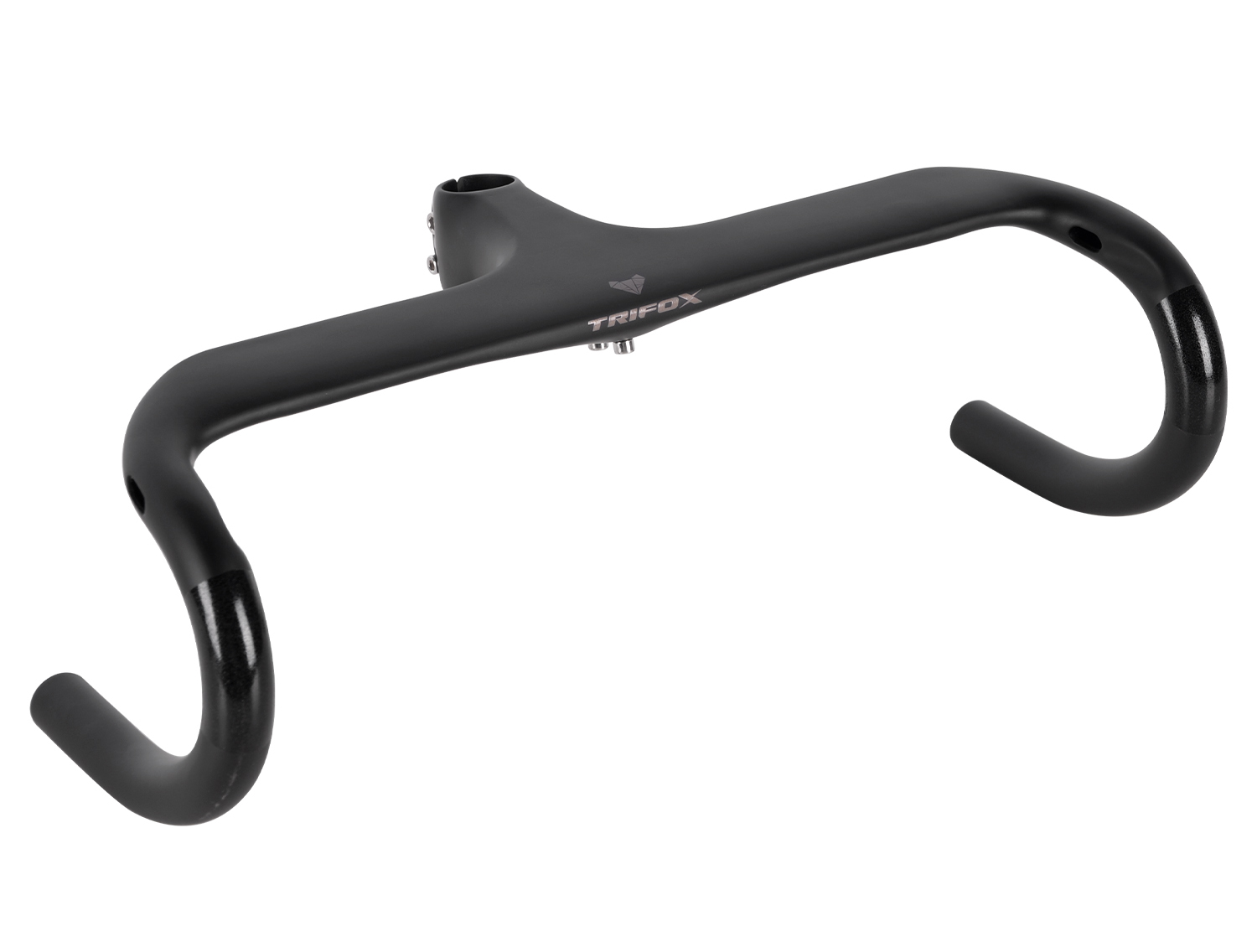
For many cyclists, the handlebars are a crucial component that can significantly affect comfort, control, and performance. When it comes to upgrading your bike, one of the best investments you can make is switching to carbon drop bars. While traditional aluminum bars have been the standard for years, carbon drop bars have quickly gained popularity for their impressive benefits.
Whether you're a seasoned road cyclist or a weekend rider looking for an upgrade, carbon drop bars can provide advantages that are hard to ignore. Here’s why you should consider making the switch.
1. Lightweight Design for Enhanced Performance
One of the primary reasons to switch to carbon drop bars is their lightweight nature. Carbon fiber is known for being incredibly strong yet light, which means you can reduce the overall weight of your bike without compromising on durability. In cycling, every gram counts, especially when you’re climbing hills, sprinting, or racing. By switching to carbon drop bars, you’ll enjoy quicker acceleration and improved maneuverability.
For road cyclists, the weight reduction can make a significant difference in long-distance rides or during climbs, where even a small decrease in bike weight can lead to better performance. Carbon drop bars are ideal for those looking to maximize every ounce of effort and push their limits on the road.
2. Increased Comfort with Vibration Damping
One of the standout features of carbon drop bars is their ability to dampen vibrations. On long rides, especially on rough or uneven roads, the constant vibrations from the handlebars can lead to fatigue, discomfort, and even numbness in your hands. Carbon fiber, by its nature, absorbs road vibrations much better than aluminum or steel.
By reducing the vibrations transmitted through the handlebars, carbon drop bars allow you to ride longer without experiencing discomfort. This is particularly beneficial for cyclists who enjoy endurance rides or those who spend a lot of time on mixed surfaces. With carbon drop bars, you’ll feel less strain on your wrists and shoulders, enabling you to maintain a more comfortable riding position for extended periods.
3. Improved Stiffness and Control
While carbon drop bars are lightweight, they don’t sacrifice stiffness. In fact, they offer superior stiffness compared to aluminum bars. This stiffness translates to improved power transfer when you’re riding hard or sprinting. When you apply pressure to the handlebars, a stiffer bar ensures that the energy you generate is transferred directly to the wheels rather than being absorbed by flexing in the handlebars. This leads to a more responsive and efficient ride.
Additionally, the improved stiffness of carbon bars offers better control, especially during high-speed descents or in technical corners. The enhanced feedback from the road makes it easier to maintain stability and handle your bike with precision.
4. Aerodynamic Advantage
Another reason to consider carbon drop bars is their aerodynamic design. Carbon fiber allows for more intricate shaping, making it possible to create handlebars that reduce wind resistance. Many carbon drop bars are designed with an aerodynamic profile, which can help you maintain higher speeds with less effort. This is particularly useful for time trials, road racing, or cyclists looking to maximize their performance on fast, flat sections of a ride.
In addition to their aerodynamic shape, carbon drop bars often come with a variety of ergonomic features that enhance comfort and performance, such as ergonomic bends and positions that reduce strain on your wrists and arms.
5. Durability and Longevity
Carbon drop bars are incredibly durable and resistant to corrosion, making them an excellent long-term investment for your bike. Unlike metal handlebars, which may corrode over time, carbon bars can withstand the elements much better, especially in wet or humid conditions. Carbon’s ability to handle repeated impacts and resist wear and tear ensures that your drop bars will last much longer than aluminum bars.
Moreover, carbon fiber is less prone to bending or cracking under stress compared to aluminum, which means you can ride with confidence, knowing your handlebars will hold up in tough conditions. This durability, combined with the lightweight and comfort benefits, makes carbon drop bars a wise choice for any serious cyclist.
6. Customization and Versatility
Carbon drop bars are available in a variety of shapes, sizes, and designs to suit different types of cycling. Whether you're a road cyclist, gravel rider, or a cyclist who participates in triathlons, there’s a carbon bar designed specifically for your needs. Many carbon bars feature ergonomic shapes and different hand positions that improve comfort and reduce fatigue, making them suitable for long-distance rides and races.
Additionally, carbon bars often offer greater flexibility in terms of setup, with some models allowing you to adjust the width, drop, and reach of the handlebars to achieve the perfect fit. This customization ensures that you’re riding in a position that enhances both comfort and performance.
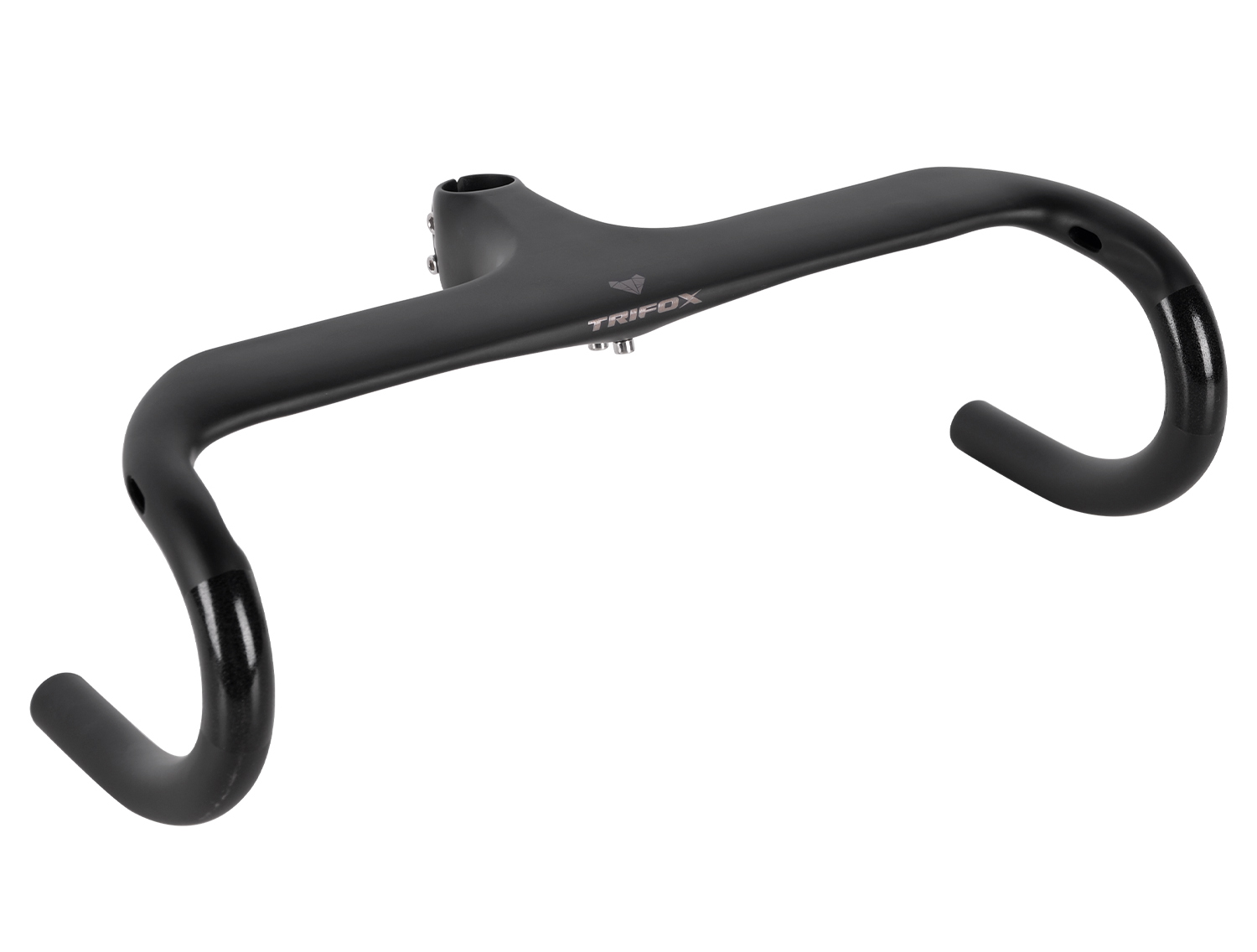
Switching to carbon drop bars is a game-changer for cyclists looking to improve their ride. The combination of lightweight design, enhanced comfort through vibration damping, increased stiffness for better power transfer, and the added aerodynamic advantages makes carbon drop bars a must-have for serious cyclists. Whether you're racing, touring, or simply riding for pleasure, upgrading to carbon drop bars can help elevate your performance and riding experience.
If you're ready to take your cycling to the next level, consider making the switch to carbon drop bars. Not only will you notice the difference in comfort and control, but you’ll also be investing in a long-lasting, high-performance upgrade that will enhance your cycling for years to come.
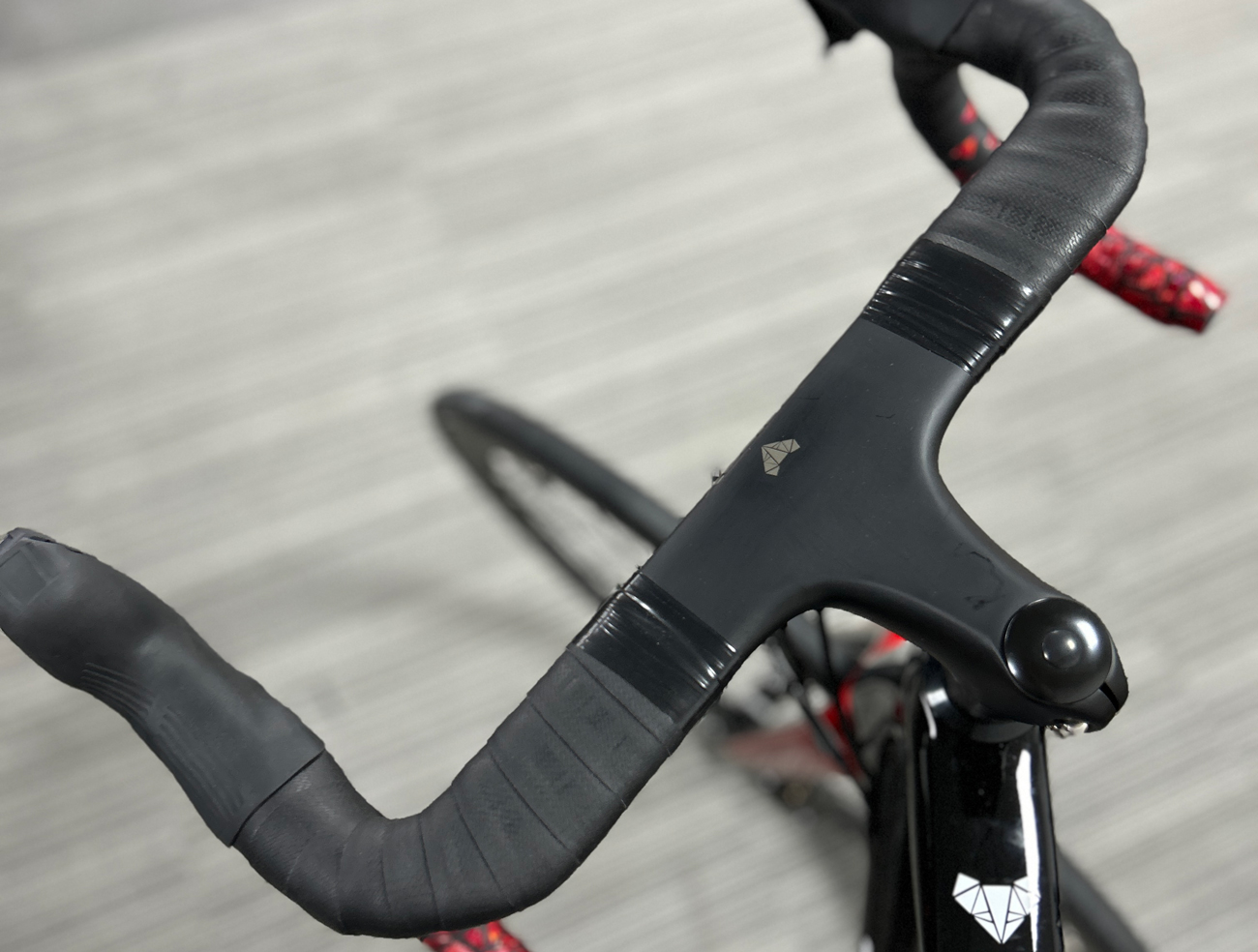
As a road cyclist, it’s natural to wonder how often you need to replace various parts of your bike to ensure optimal performance and safety. One of the key components that often raises questions is the handlebars. They might seem like a simple part of the bike, but they play a crucial role in your control, comfort, and overall riding experience. So, do road bike handlebars need to be replaced regularly? Let’s dive into the factors that influence the lifespan of handlebars and whether regular replacement is necessary.
The Role of Handlebars on a Road Bike
Road bike handlebars, particularly those with drop bars, are essential for providing control and comfort during long rides. They allow you to switch between different riding positions, reduce wind resistance, and make it easier to maneuver the bike. Handlebars are typically made from materials such as aluminum, carbon fiber, or steel, with carbon fiber offering the lightest weight and the most comfort-absorbing properties.
Given their importance, handlebars need to be in good condition to ensure a safe and enjoyable ride. But how often should you replace them?
Factors That Impact Handlebar Lifespan
1. Material Durability:
The material your handlebars are made from will affect their longevity. Aluminum handlebars are known for their strength and can last many years if properly maintained. Carbon fiber handlebars, like those found in the [Trifox carbon bike handlebars collection], offer superior stiffness and lightness but may have a shorter lifespan if subjected to frequent stress or impacts. They can also be more prone to damage from crashes or mishandling. Steel handlebars, while less common in modern road bikes, are typically very durable but also heavier.
2. Wear and Tear:
Over time, handlebars may experience normal wear and tear due to continuous use, especially if you’re an avid cyclist. Constant vibrations, exposure to the elements, and even your own grip can cause the handlebars to wear down. Handlebars can also become slippery or lose their grip if the bar tape or grips get worn out, which is more of a maintenance issue than the handlebars themselves needing to be replaced. This can often be remedied by simply replacing the tape or grips, rather than replacing the entire handlebar.
3. Accidents and Crashes:
One of the most common reasons for replacing handlebars is if you’ve been involved in a crash or accident. Even a seemingly minor impact can cause internal damage to carbon fiber handlebars, leading to hidden cracks or weakened areas that could compromise safety. In these cases, it’s important to inspect your handlebars thoroughly or have them checked by a professional. If there’s any sign of damage, it’s essential to replace them to avoid the risk of failure while riding.
4. Changes in Riding Position:
Over time, cyclists may adjust their riding positions, whether due to comfort, performance, or riding style. If your handlebars are no longer comfortable or suitable for your riding position, replacing them with a more appropriate set might be necessary. A more aerodynamic or ergonomic setup can significantly enhance your riding experience, reducing strain and fatigue during long rides.
How Often Should You Replace Your Handlebars?
In general, handlebars don’t need to be replaced regularly unless they show signs of wear, damage, or performance decline. If you ride regularly, you should check your handlebars for any visible cracks, dents, or stress marks, especially after a fall or crash. For cyclists who don’t crash often and take good care of their equipment, handlebars can last many years without needing replacement.
However, if you upgrade your bike, change your riding style, or want to reduce weight, it might be time to consider replacing the handlebars. Carbon fiber handlebars, in particular, can offer performance benefits like reduced weight and improved vibration damping, but they do require careful inspection for damage and are more expensive than their aluminum counterparts.
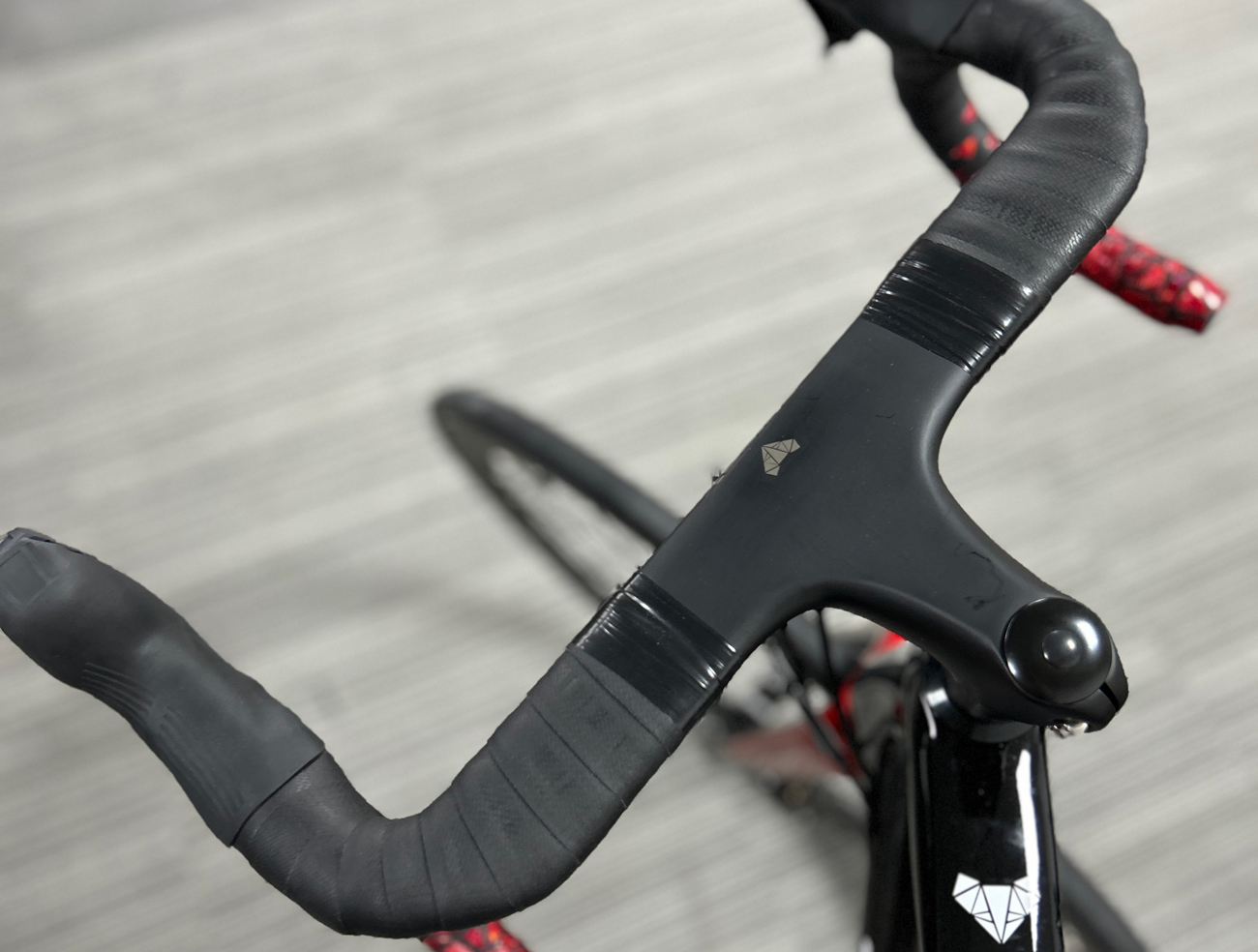
Final Thoughts
While road bike handlebars don't need to be replaced on a regular basis, they do require occasional inspection and replacement depending on factors like material wear, damage from accidents, or changes in your riding preferences. Regular maintenance, such as replacing bar tape and checking for cracks or stress signs, can help prolong the life of your handlebars and keep you riding safely. If it’s time for an upgrade or a replacement, carbon fiber handlebars, such as those from Trifox Bike, can offer both performance and comfort benefits—just make sure to choose the right type for your riding needs.

When it comes to competitive cycling, every second counts, and every gram saved can make a noticeable difference in performance. This is why the lightest road bike often becomes the top choice for elite athletes. But what exactly makes these feather-light bicycles so popular among competitive cyclists?
1. Speed and Efficiency
One of the most significant advantages of a lightweight road bike is the enhanced speed and efficiency it offers. In competitive cycling, particularly in races involving steep climbs or time trials, the ability to accelerate quickly and maintain momentum is essential. Lighter bikes require less effort to propel forward, especially uphill. This means that cyclists can conserve energy during long rides and still maintain high speeds.
While aero frames and gearing systems certainly play their roles, a light bike can be the difference between winning and losing when every fraction of a second counts. A lighter frame reduces the overall weight the cyclist needs to carry, making it easier to achieve faster lap times and quicker accelerations, especially when combined with an optimal riding position.
2. Improved Handling
Handling is another critical factor in competitive cycling. Lighter bikes offer more responsive handling, especially during sharp turns or when navigating through technical courses. When the bike’s frame is lighter, it requires less force to move it in the desired direction, leading to quicker adjustments and greater precision. This responsiveness can be particularly valuable in races that include tight corners or winding paths where every maneuver counts.
Additionally, lighter bikes often have better overall balance, making it easier to maintain control in various riding conditions, from fast descents to technical ascents.
3. Climbing Performance
Climbing is one area where the weight of the bike can make the most noticeable difference. Competitive cyclists, particularly those in events like the Tour de France or the Giro d'Italia, often face long, grueling ascents. The lighter the bike, the less weight the rider needs to push uphill, which can translate into better climbing performance.
A road bike that is designed with weight-saving materials, such as carbon fiber or high-end aluminum, allows a cyclist to exert less energy during climbs, giving them a competitive edge over riders with heavier bikes. This advantage becomes even more pronounced during sustained climbs, where maintaining speed while managing energy is crucial.
4. Comfort and Fatigue Reduction
While speed and efficiency are essential, the lighter weight of a road bike can also contribute to improved comfort over long distances. Lighter bikes often use materials that are not only strong but also engineered to absorb road vibrations and shocks better than heavier counterparts. This means less fatigue over time, even on rougher terrains.
Reducing fatigue is vital for maintaining high performance throughout a race, especially in multi-stage events. With less energy wasted on dealing with discomfort, cyclists can focus on pacing themselves and conserving their strength for critical moments.
5. Technological Advancements in Materials
Today’s lightest road bikes are built using advanced materials that provide strength without the added weight. Carbon fiber, for example, is incredibly light yet extremely durable, offering the perfect balance of stiffness and flexibility. Many premium road bikes incorporate these materials in their frame, fork, and wheels, making them more aerodynamic while minimizing weight.
Bike manufacturers, such as **Trifox**, are pushing the limits of design, creating bikes that combine cutting-edge materials with performance-oriented geometry. The result is a new generation of road bikes that are not only lighter but also stronger and more responsive than ever before.
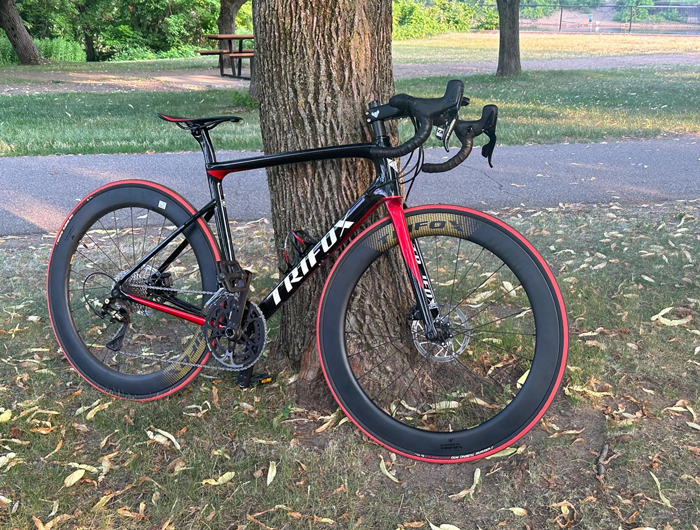
Conclusion
The lightest road bike isn’t just about shedding grams for the sake of weight—it’s about optimizing performance. Lighter bikes enhance speed, improve handling, and boost climbing capabilities, making them an essential choice for competitive cyclists. As technology advances and materials improve, these bikes are only becoming more specialized, allowing cyclists to achieve peak performance in every race. For any competitive cyclist looking to gain an edge, investing in a lightweight road bike is not just a choice, but a strategic move toward success.
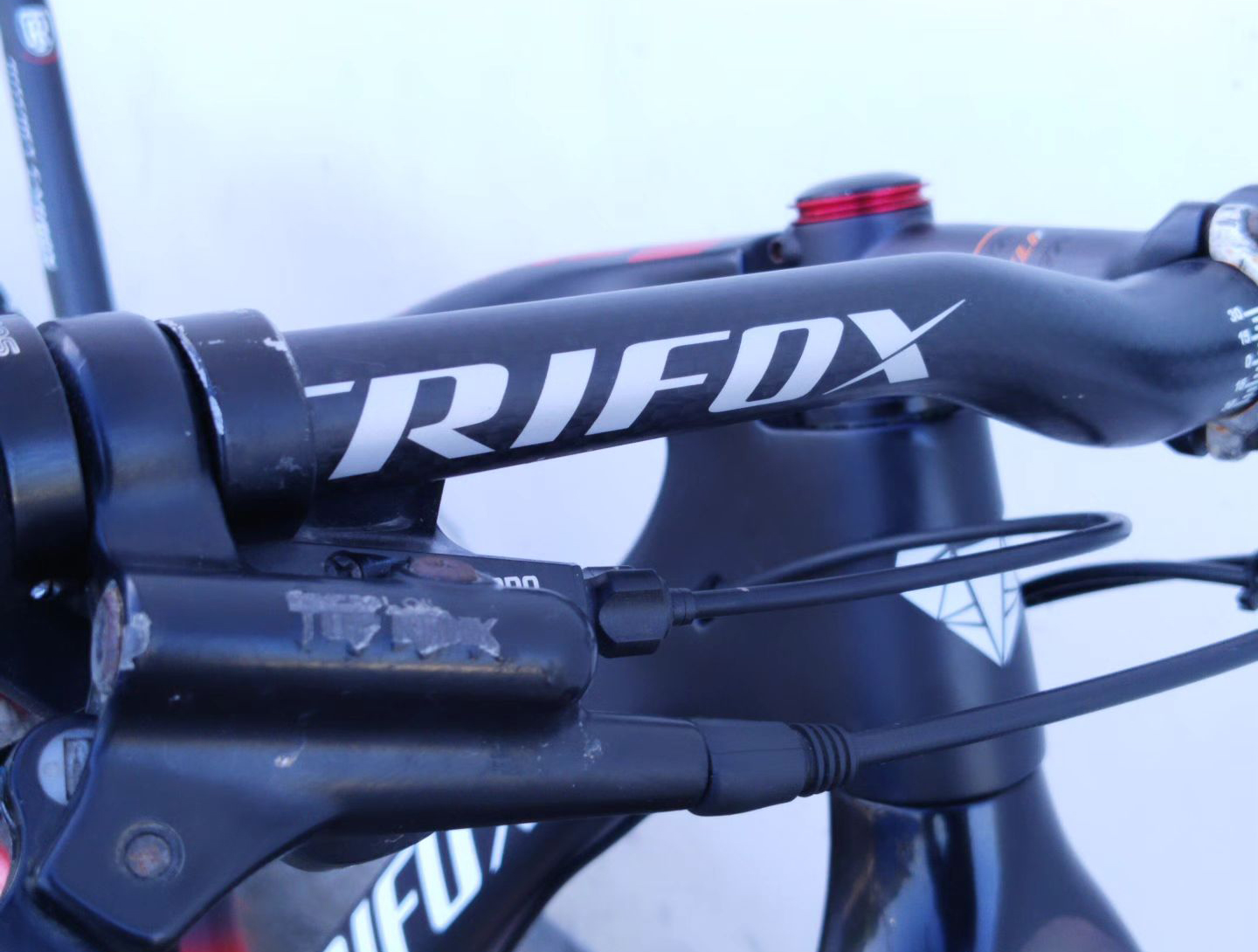
When it comes to optimizing your cycling experience, the right handlebars play a critical role in enhancing both performance and comfort. The design and shape of handlebars affect your posture, control, and overall efficiency, which is why selecting the right type for your riding style is key. Whether you're a commuter, an avid mountain biker, or a road racing enthusiast, understanding the advantages of different bike handlebar types can make a world of difference.
1. Drop Bars: Aerodynamics & Versatility
Drop bars are the quintessential choice for road bikes, providing an aerodynamic position that allows you to cut through the wind with ease. These handlebars curve downward and forward, allowing the rider to lower their body to reduce air resistance—a critical advantage for competitive cyclists or those who ride long distances at higher speeds. The multiple hand positions offered by drop bars also help reduce fatigue during extended rides, as riders can shift their grip to relieve pressure on different parts of their hands, wrists, and forearms.
The ability to ride in a tucked position on the drops, or to sit more upright on the tops, gives riders flexibility for varied riding conditions. Whether you're sprinting on flat roads or tackling a long climb, drop bars provide the comfort and control you need.
Best For: Road cyclists, triathletes, long-distance riders, and competitive racers.
2. Flat Bars: Control & Comfort
Flat bars are the go-to option for mountain bikes, hybrid bikes, and commuter bikes. Offering a more upright riding position, flat bars improve visibility, making them ideal for urban environments where maneuverability and quick reactions are essential. The straight, level design gives riders more direct control over the bike, which is particularly beneficial for off-road riding where stability is critical.
On the road, flat bars help reduce strain on the back, neck, and wrists by encouraging a more natural posture, particularly for cyclists who may not need to adopt an aggressive, aerodynamic position. For beginners or casual riders, flat bars offer comfort and ease, while still delivering the stability needed for more challenging trails.
Best For: Mountain bikers, commuters, casual cyclists, and beginners.
3. Riser Bars: Comfort & Better Handling
Riser bars are essentially an elevated version of flat bars, with a slight upward bend. This design raises the handlebars, putting the rider in a more relaxed, upright position. This helps reduce pressure on the back and wrists, which is ideal for cyclists who want more comfort on longer rides, particularly on rougher terrain.
In addition to comfort, riser bars offer improved handling, especially when navigating technical trails. The extra height allows for better control and leverage when steering, making riser bars a popular choice for trail and mountain bikers who encounter varied terrain, obstacles, and steep descents.
Riser bars also provide more space for installing accessories such as lights, bell, or even a bike computer, making them versatile for both casual and serious riders.
Best For: Mountain bikers, trail riders, and cyclists who prioritize comfort and control.
4. Bullhorn Bars: Speed & Comfort Hybrid
Bullhorn bars blend the aerodynamic benefits of drop bars with the stability and comfort of flat bars. These handlebars curve forward and upward, resembling the shape of a bull’s horns, hence the name. This design gives cyclists the option to adopt a more aggressive position for speed but with additional hand positions for a more relaxed ride.
Bullhorn bars are popular in time trial racing and triathlons, where a more streamlined position is advantageous. They are also great for fixed-gear riders or commuters who want an efficient and comfortable setup. The forward curve of bullhorn bars helps reduce wind resistance while maintaining a comfortable grip, making them ideal for long-distance cyclists who want to combine speed with comfort.
Best For: Time trialists, triathletes, commuters, and riders looking for a hybrid bar for speed and comfort.
5. Aero Bars: Maximum Aerodynamics for Racing
Aero bars are designed to maximize speed by allowing riders to adopt a low, flat position that minimizes wind resistance. Typically used by triathletes and time trial cyclists, aero bars offer a sleek, tucked position that significantly reduces drag, enabling cyclists to ride faster with less effort. They are mounted on top of drop bars and give the rider a place to rest their forearms while holding onto extensions that curve forward.
While aero bars are primarily about performance, they can take a toll on long-term comfort. This makes them less suitable for recreational cyclists or those who prefer more relaxed rides. However, for competitive cyclists aiming to optimize their aerodynamics, aero bars are a crucial tool.
Best For: Triathletes, time trial riders, and competitive racers looking to maximize speed.
6. Butterfly Bars: Comfort for Touring
For long-distance touring cyclists, butterfly bars (also known as trekking bars) are an excellent choice. These bars have a wide, flared design that provides multiple hand positions, ensuring comfort during extended rides. The shape allows riders to switch between a low, aero position and a more relaxed upright posture, which is crucial for maintaining comfort over long distances and varied terrains.
The wide grip and versatility of butterfly bars make them ideal for touring bikes, offering a combination of control and comfort for cyclists tackling long multi-day rides.
Best For: Touring cyclists and long-distance riders looking for comfort and versatility.
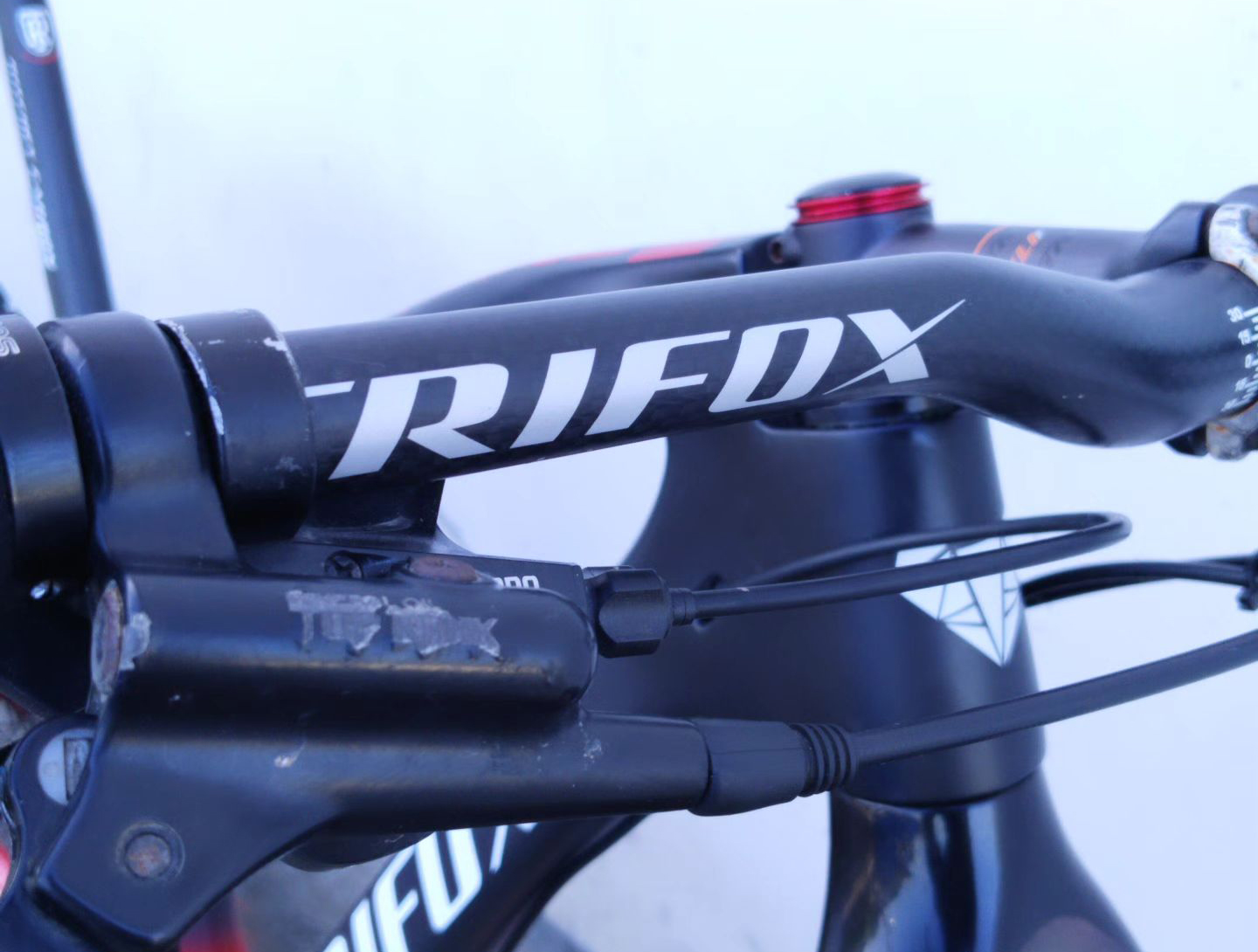
Conclusion: Choose the Right Handlebar for Your Riding Style
Choosing the right bike handlebar can significantly improve your riding experience, whether you're seeking speed, comfort, or control. From the aerodynamic drop bars of road bikes to the rugged stability of riser bars for mountain biking, there's a handlebar style suited to every cyclist’s needs. Understanding the specific advantages of each type can help you select the one that best complements your riding style, ensuring a smoother, more enjoyable ride.
At Trifox, we offer high-performance carbon bike handlebars that cater to a variety of cycling styles, allowing you to optimize your bike setup for maximum comfort and efficiency. Explore our collection today and find the perfect handlebars for your cycling needs.
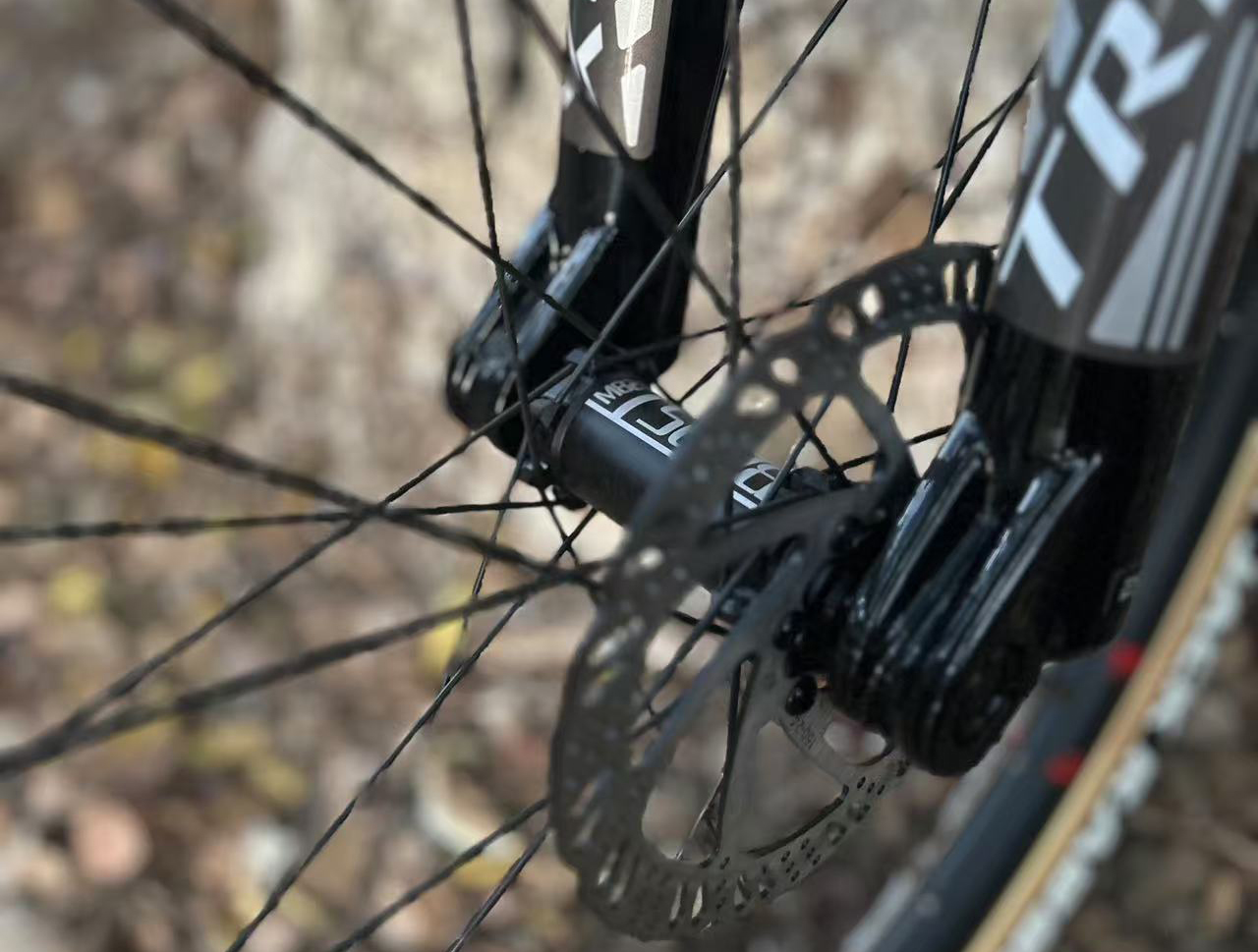
Bicycle wheels are fundamental to both the efficiency and performance of a bike. Understanding the essential components that make up a bicycle wheel can help ensure better maintenance and upgrades, leading to a more enjoyable ride. Let's delve into the key wheel parts and explore how Trifox Bike offers affordable, high-quality options for these components.
Hubs: The Heart of the Wheel
Hubs are the central part of the wheel that connects to the bike frame via the axle. They house the bearings that allow the wheel to spin smoothly. High-quality hubs, like those offered by Trifox Bike, such as the Bike Hub M827, are crucial for reducing friction and improving ride efficiency. Choosing a robust hub ensures durability and consistent performance, particularly for rough terrains or competitive riding.
Axles: The Wheel's Backbone
Axles run through the hubs and connect the wheels to the frame, supporting the bike's weight and enabling the wheels to rotate. Different types of axles, such as thru-axles and skewers, have unique benefits. Thru-axles, like the Rear Thru Axle Skewer ATS100 from Trifox, provide greater stiffness and security, essential for mountain biking and disc brake setups. Ensuring the right axle choice is crucial for maintaining bike stability and alignment.
Freehub Bodies: Power Transfer Agents
A freehub body is part of the rear hub, allowing the bike to coast while also housing the cassette. It is responsible for transferring pedal power to the wheel, making it a key component for performance. Trifox's Freehub For M827 exemplifies a high-quality freehub that ensures efficient power transfer and reliable engagement. Investing in a durable freehub body enhances your bike's responsiveness and longevity.
End Caps & Conversion Kits: Adaptability and Customization
End caps and conversion kits are small yet vital components that allow for hub customization and compatibility with different frame standards. These parts, such as the Hub End Cap Adapter CG827 from Trifox, enable cyclists to adapt their wheels to varying axle sizes or hub types. This flexibility is crucial for those upgrading their bikes or switching between different riding styles.
Benefits of Choosing High-Quality Wheel Parts
Opting for high-quality wheel parts can significantly impact your bike's performance and maintenance needs. Quality components reduce the likelihood of breakdowns, provide smoother rides, and often come with better warranties. Trifox Bike offers a range of wheel parts that combine affordability with top-notch quality, making premium cycling experiences accessible to all.
Tips for Purchasing Wheel Parts
1. Compatibility: Ensure the parts are compatible with your existing bike setup. Check specifications like axle size and hub type.
2. Material and Build: Look for parts made from durable materials that can withstand frequent use and varied conditions.
3. Reviews and Reputation: Research customer reviews to gauge the reliability and performance of the parts.
4. Warranty and Support: Choose parts from manufacturers that offer solid warranties and reliable customer support for peace of mind.
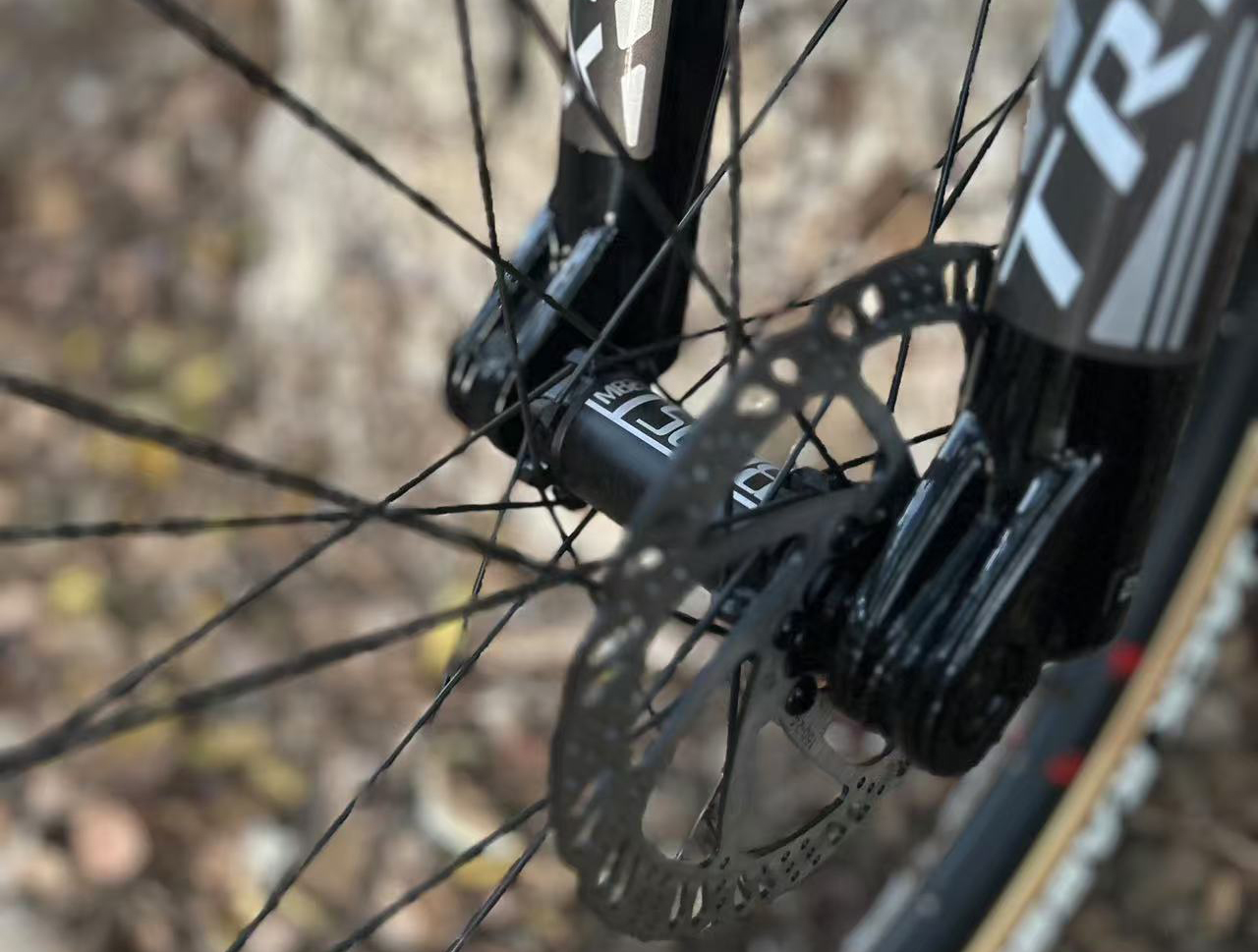
Conclusion
Understanding the essential parts of a bicycle wheel—hubs, axles, freehub bodies, and end caps—can empower cyclists to make informed decisions about maintenance and upgrades. Trifox Bike stands out as a reliable source for high-quality, affordable wheel parts, ensuring that every ride is smooth, efficient, and enjoyable. By focusing on compatibility, material quality, and manufacturer support, you can enhance your cycling experience with confidence.
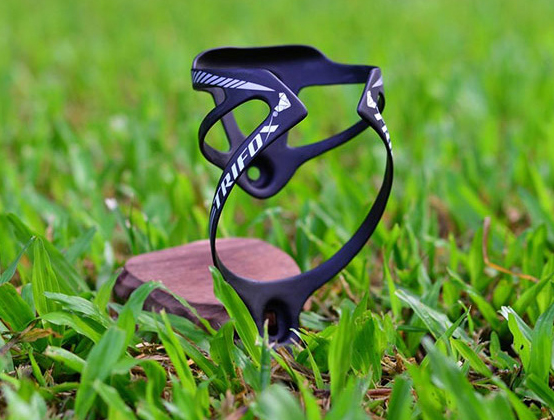
Finding the best way to store your bike efficiently can make a significant difference in preserving its condition and maximizing your space. Whether you're an avid cyclist with multiple bikes or just need a solution for your daily commuter, choosing the right adjustable bike holder is essential.
1. Assess Your Space
Before purchasing an adjustable bike holder, evaluate the space where you plan to store your bike. Consider the following:
- Available Space: Measure the area to ensure the bike holder fits comfortably. Wall-mounted options are great for tight spaces, while freestanding holders work well in garages or basements.
- Ceiling Height: If you are considering a vertical or hoist-style holder, ensure your ceiling height accommodates the bike's dimensions when lifted.
2. Determine Your Bike Type and Weight
Different bike holders are designed to support various types of bikes, such as road bikes, mountain bikes, or e-bikes:
- Weight Capacity: Check the weight rating of the holder to ensure it can support your bike. For example, e-bikes are generally heavier and may require a sturdier holder.
- Frame Compatibility: Some holders are designed specifically for certain frame shapes. Ensure the holder is compatible with your bike’s frame design.
3. Prioritize Adjustability and Flexibility
An adjustable bike holder offers versatility, allowing you to customize the storage solution to your specific needs:
- Height and Angle Adjustments: Look for holders that allow you to adjust the height and angle to accommodate different bike sizes and storage preferences.
- Multiple Bikes:If you have more than one bike, a holder that allows for storing multiple bikes can save space and keep your collection organized.
4. Evaluate Durability and Build Quality
Investing in a high-quality bike holder ensures longevity and reliability:
- Materials: Opt for holders made from robust materials such as steel or high-grade aluminum. Trifox Bike emphasizes durability in their product offerings, ensuring their holders withstand regular use.
- Finish and Coating: A protective coating can prevent rust and wear, especially if the holder will be used in humid areas like basements or garages.
5. Consider Ease of Installation and Use
A bike holder should be easy to install and use, allowing for quick access to your bike:
- Installation Requirements: Some holders require tools for installation, while others might be mounted with simple hardware. Choose one that fits your comfort level with DIY projects.
- Ease of Use: Features like quick-release mechanisms or cleverly designed clamps can make it easier to secure and remove your bike.
6. Explore Trifox Bike’s Offerings
When looking for high-quality and durable bike holders, consider Trifox Bike's range of products. Known for their commitment to quality, they provide solutions that are both functional and aesthetically pleasing. Although their current focus is on carbon components like water bottle cages, the same attention to detail can be expected in any storage solutions they offer.
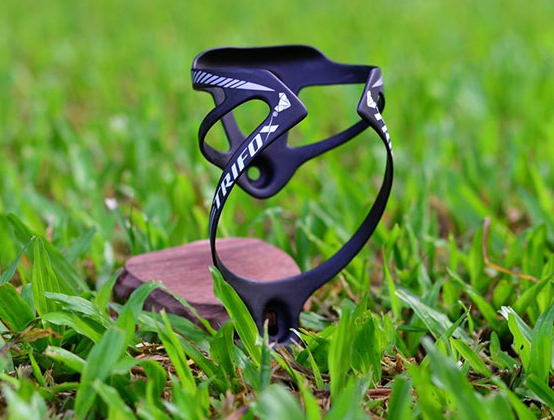
Selecting the best adjustable bike holder involves considering space, bike type, adjustability, durability, and ease of use. By taking these factors into account, you can ensure your bike is stored safely and conveniently, ready for your next ride. Investing in a quality bike holder not only protects your bike but also enhances the organization of your space. With the right holder, storing your bike becomes a simple and efficient task, allowing you to focus more on enjoying the ride.
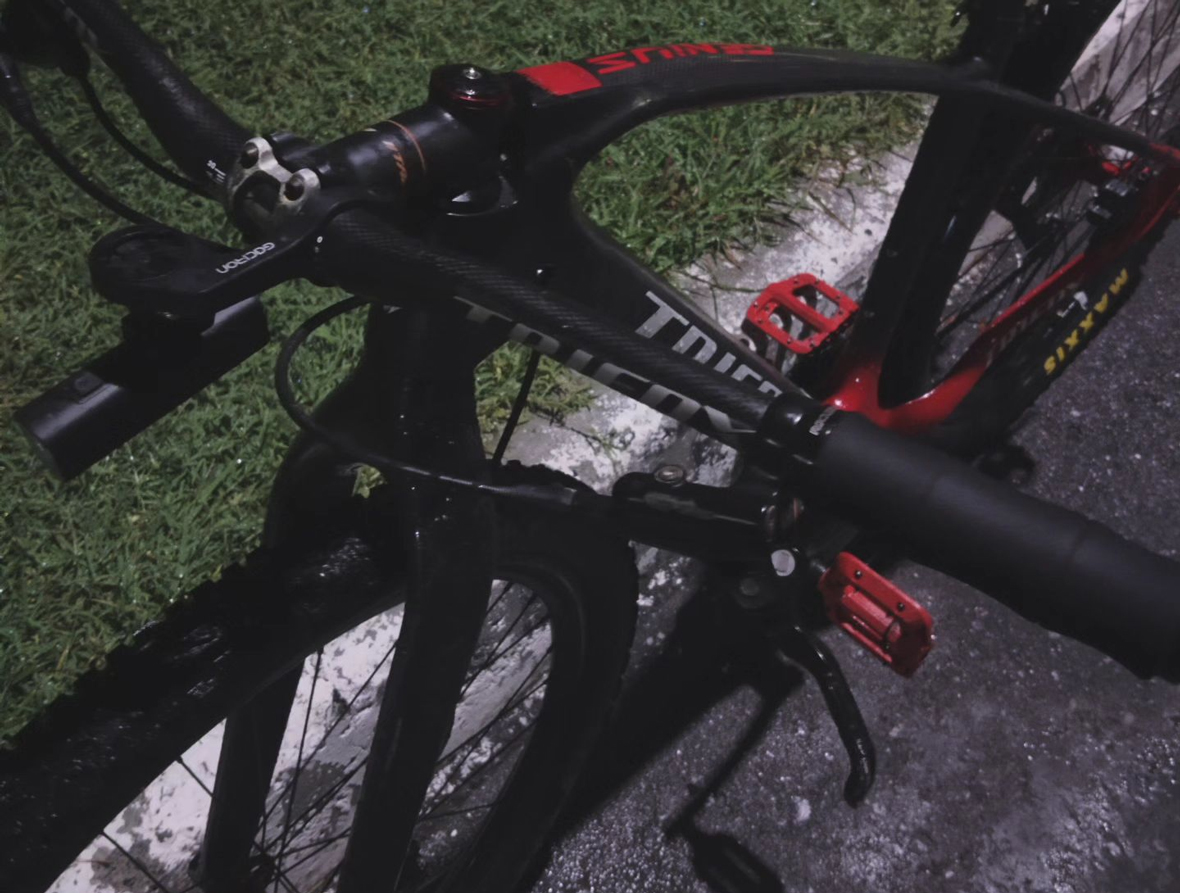
Selecting the right rigid carbon fork can significantly enhance your mountain biking experience, providing a balance of weight, durability, and performance. Trifox Bike offers a range of high-quality carbon MTB forks that cater to various biking needs.
1. Understand the Benefits of Rigid Carbon Forks
Rigid carbon forks are ideal for riders seeking a lightweight and maintenance-free option. Unlike suspension forks, they provide direct feedback from the trail, improving pedaling efficiency and offering a more controlled ride on smooth surfaces. Trifox's carbon forks are known for their robust build and lightweight design, making them perfect for speed enthusiasts and those riding primarily on cross-country or urban trails.
2. Weight Considerations
One of the primary advantages of rigid carbon forks is their reduced weight compared to suspension forks. Lighter forks enhance your bike's agility and handling, especially crucial for competitive cyclists. Trifox's models, such as the Carbon MTB Fork QMK100 and TMK100, are designed to minimize weight without compromising strength, offering a significant performance benefit for racers and casual riders alike.
3. Durability and Material Quality
When choosing a carbon fork, durability is key. Look for high-quality carbon construction that offers resilience against the stresses of mountain biking. Trifox ensures their forks undergo rigorous testing, providing a product that withstands the rigors of trail riding. Their carbon forks also boast a sleek finish, adding aesthetic appeal to your bike.
4. Compatibility with Bike Frames
Before purchasing a fork, ensure compatibility with your bike's frame. Consider the steerer tube diameter and axle type. Trifox's forks are designed to accommodate various frame sizes and styles, ensuring a seamless integration with most MTB setups. It’s crucial to verify these specifications to avoid any installation issues.
5. Performance Benefits
Rigid carbon forks from Trifox offer enhanced power transfer, as they do not absorb pedal energy like suspension forks. This allows for more efficient climbing and acceleration. These forks are particularly beneficial for riders who prioritize speed and efficiency over cushioning on bumpy trails.
6. Price and Value
While carbon forks can be more expensive than their aluminum counterparts, they are an investment in performance and quality. Trifox offers competitive pricing, often with significant discounts and free shipping on orders over $50, making their carbon forks accessible without compromising on quality.
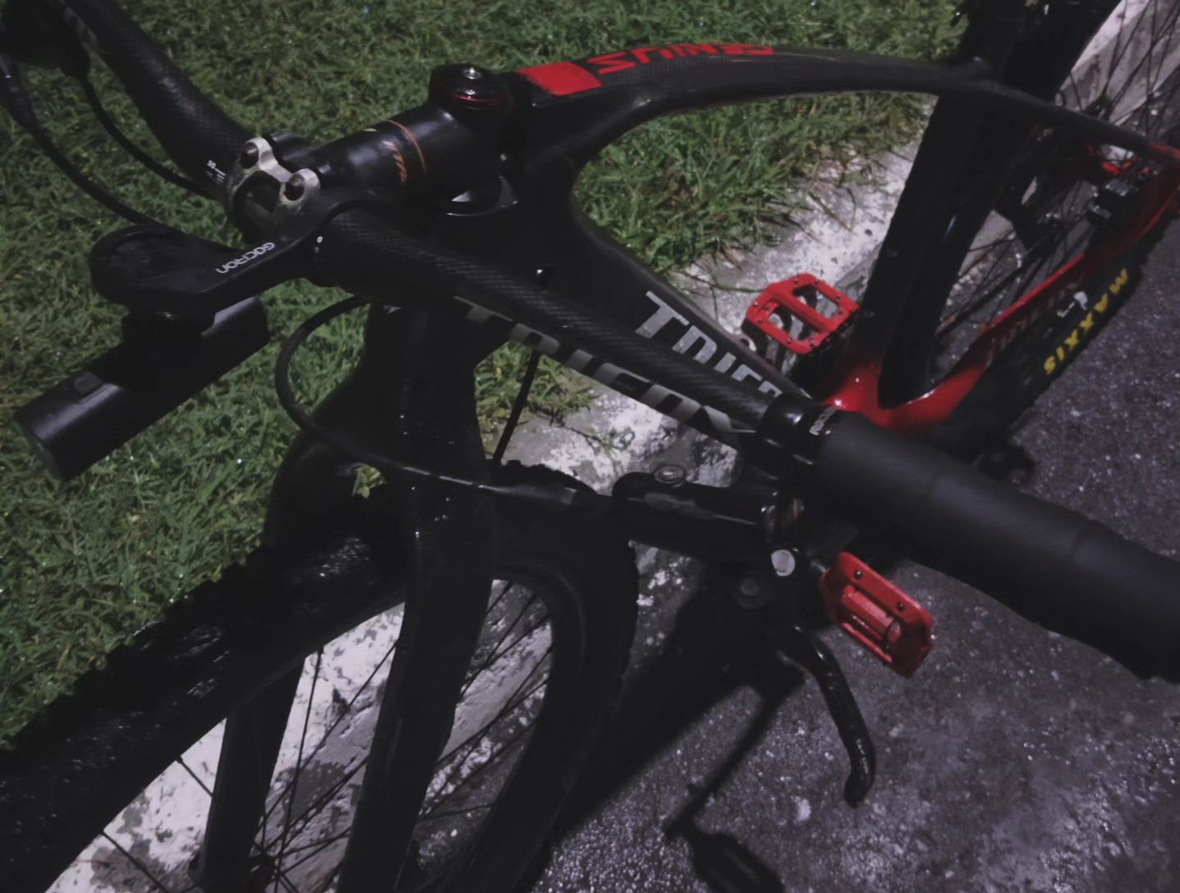
Conclusion
Choosing the perfect rigid carbon fork involves balancing weight, durability, and compatibility with your biking needs. With Trifox's range of carbon MTB forks, you can enhance your bike's performance and enjoy a more responsive ride. Whether you're a seasoned rider or a beginner, investing in a quality carbon fork can elevate your mountain biking adventures. Remember to assess your riding style and terrain preferences to select the fork that best suits your needs. Happy riding!
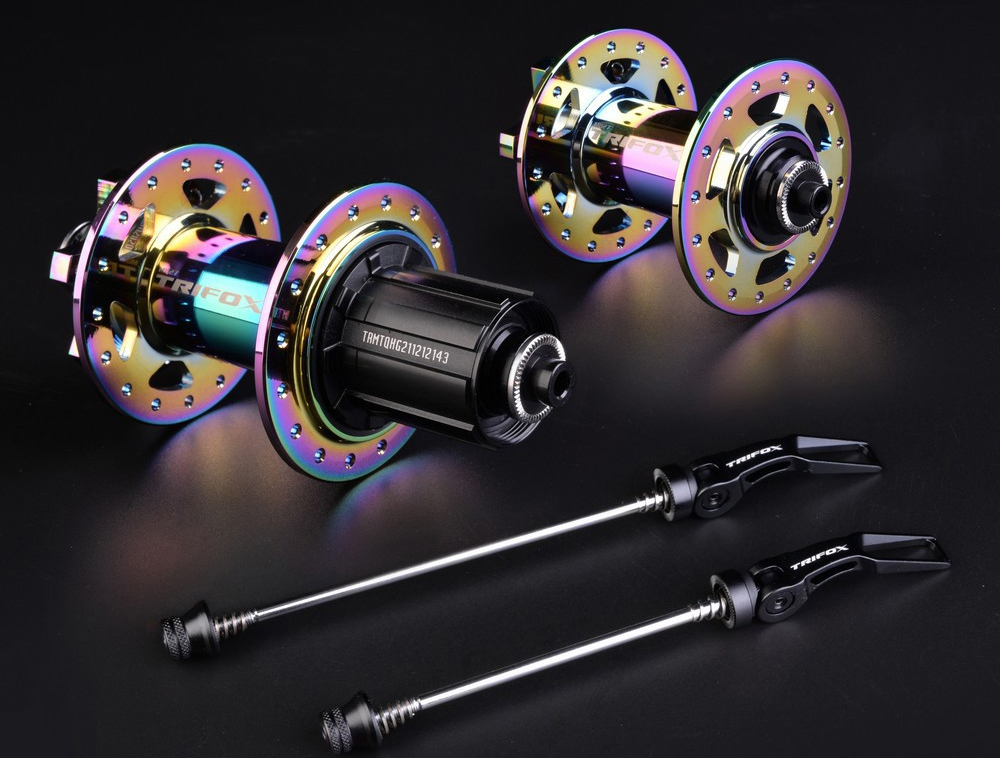
The world of mountain biking is constantly evolving, with innovations designed to improve performance, efficiency, and rider satisfaction. Among these innovations, the MTB hub quick release stands out as a crucial component that can significantly transform your biking experience.
The Trifox M827 is crafted to meet the demands of modern mountain biking. It combines a quick release mechanism with compatibility for both Shimano and SRAM drivetrains, accommodating 8 to 12-speed setups. This versatility ensures that the hub can be seamlessly integrated into a wide range of bike rigs, allowing riders to customize their bikes to their specific needs and preferences.
One of the standout features of the M827 hub is its quick release system. This mechanism allows for rapid wheel changes without the need for tools, making it incredibly convenient for riders who need to maintain or transport their bikes frequently. Whether you're fixing a flat on a trail or adjusting your setup for different terrains, the quick release function saves valuable time and effort, allowing you to focus more on your ride.
The hub's construction also deserves attention. Made from a combination of AL6061 and 7075 materials, the M827 is both lightweight and durable. The front hub weighs in at just 165 grams, while the rear hub is 314 grams, making it a perfect choice for riders seeking to reduce overall bike weight without compromising durability. This robust build ensures that the hub can withstand the rigors of off-road biking, providing a reliable performance even in challenging conditions.
Performance is further enhanced by the M827's design, which includes 2 front and 4 rear bearings, along with 6 pawls and 72 clicks. This setup offers a smooth and responsive ride, with precise engagement that can handle the demands of technical trails and steep climbs. Riders can enjoy the confidence and control needed to tackle any terrain, knowing that their hub will perform consistently under pressure.
Customer reviews of the Trifox M827 highlight its quality and impact on the biking experience. Users like Rutherford praise the hub for its lightweight design and excellent finish, noting the fast delivery and high-quality packaging. Dios appreciates the impeccable quality and satisfying noise of the hub, which adds to the overall riding experience. With a perfect 5-star rating from all reviews, it's clear that the M827 has garnered a strong reputation among mountain bikers.
The impact of an MTB hub quick release goes beyond just mechanical improvement. It enhances the convenience and efficiency of your biking routine, allowing for quick adjustments and maintenance. This efficiency can lead to longer rides and fewer interruptions, ultimately contributing to a more satisfying biking experience.
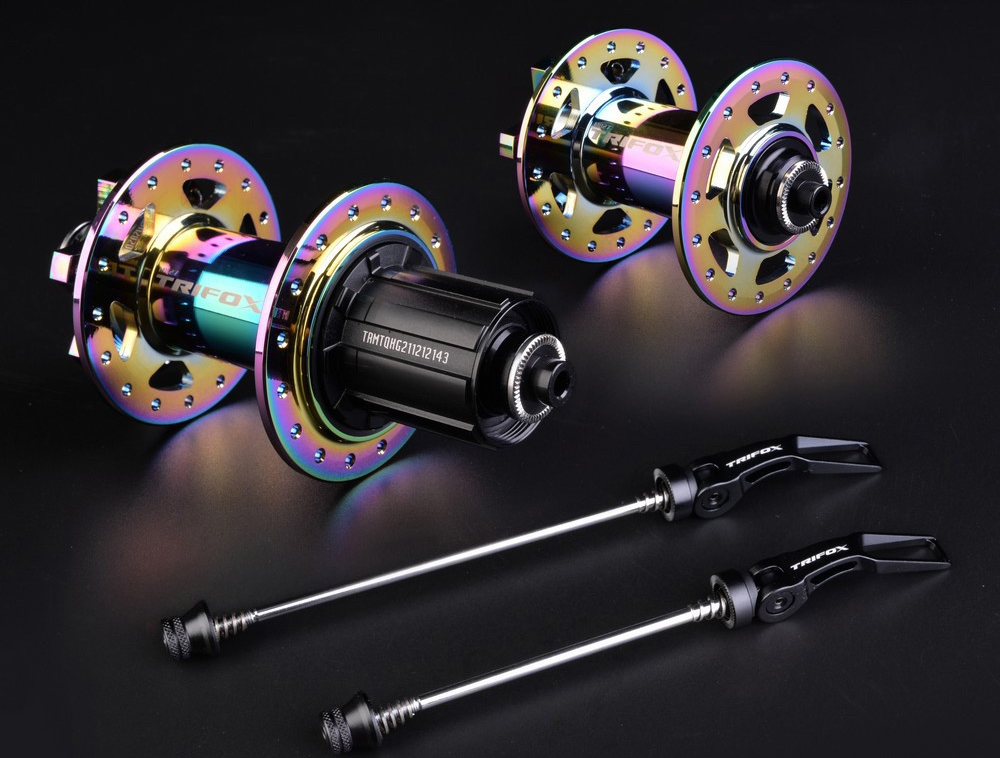
In conclusion, the Trifox Bike Hub M827 is a testament to how a well-designed MTB hub quick release can transform your mountain biking adventures. Its combination of lightweight construction, compatibility with leading drivetrain brands, and convenient quick release mechanism make it an essential upgrade for any avid mountain biker. Whether you're a seasoned rider or just starting out, this hub promises to elevate your performance and enjoyment on the trails.

























































